Home>Gardening & Outdoor>Landscaping Ideas>How To Build A Cinder Block Raised Garden Bed
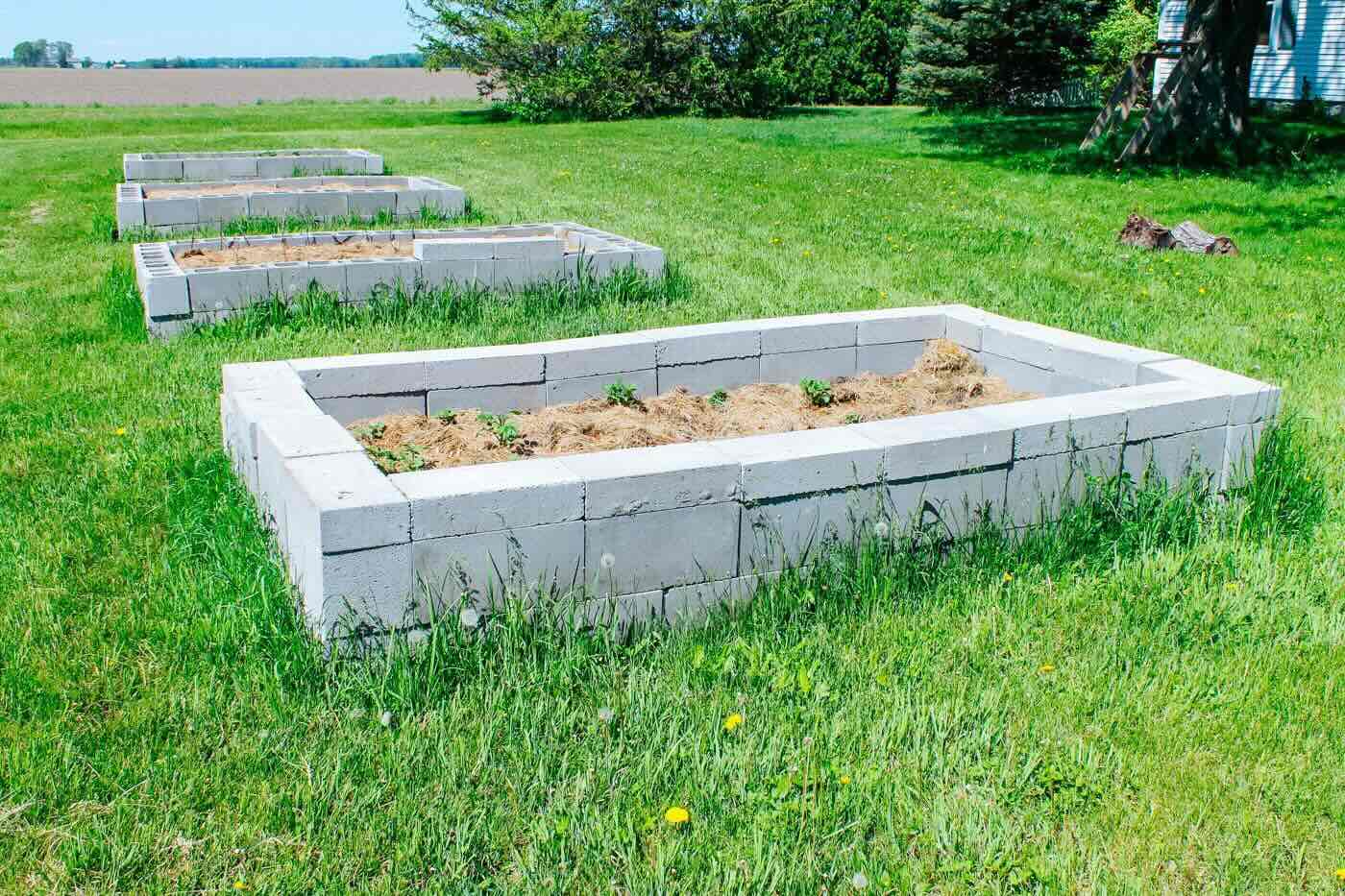

Landscaping Ideas
How To Build A Cinder Block Raised Garden Bed
Modified: October 19, 2024
Discover how to create a durable and attractive raised garden bed using cinder blocks. Get expert landscaping ideas and step-by-step instructions.
(Many of the links in this article redirect to a specific reviewed product. Your purchase of these products through affiliate links helps to generate commission for Storables.com, at no extra cost. Learn more)
Introduction
Are you looking to elevate your gardening game and create a stunning, functional space for your plants to thrive? Building a cinder block raised garden bed is an excellent way to achieve this. Whether you're a seasoned gardener or just starting out, this DIY project offers a wealth of benefits, from improved drainage and soil quality to easier access for planting, tending, and harvesting your crops.
By constructing a raised garden bed using cinder blocks, you can customize the dimensions to suit your space and gardening needs. This versatile and cost-effective method allows you to create a durable and visually appealing structure that can enhance the aesthetic of your outdoor area while providing a practical solution for growing a variety of plants, flowers, herbs, and vegetables.
The process of building a cinder block raised garden bed is not only rewarding but also offers an opportunity to unleash your creativity. You can experiment with different layouts, heights, and configurations to design a unique and eye-catching garden feature that complements your outdoor environment.
In this comprehensive guide, we will walk you through the step-by-step process of constructing a cinder block raised garden bed, from selecting the ideal location to planting your favorite greenery. With the right materials, a bit of elbow grease, and a touch of inspiration, you'll soon be on your way to creating a stunning raised garden bed that will be the envy of your neighborhood.
So, roll up your sleeves, gather your supplies, and get ready to embark on an exciting journey to build a cinder block raised garden bed that will elevate your gardening experience and yield a bountiful harvest. Let's dive in and bring your garden dreams to life!
Key Takeaways:
- Building a cinder block raised garden bed allows you to create a personalized and visually appealing space for your plants to thrive, offering practical benefits and a canvas for your gardening aspirations.
- The step-by-step process of constructing a cinder block raised garden bed involves careful planning, meticulous preparation, and a creative vision, culminating in the transformation of materials into a thriving oasis of natural beauty.
Materials Needed
To embark on the fulfilling endeavor of building a cinder block raised garden bed, you'll need a selection of essential materials to ensure a successful and enduring outcome. Here's a comprehensive list of the items you'll require:
-
Cinder Blocks: These sturdy, rectangular blocks will form the foundation of your raised garden bed. Ensure you have enough to create the desired dimensions and height for your garden bed.
-
Gloves and Safety Gear: Protect your hands with a sturdy pair of gloves, and consider wearing safety goggles to shield your eyes during construction.
-
Level: A level will be indispensable for ensuring that your garden bed is even and well-balanced, providing a stable base for your plants.
-
Measuring Tape: Precision is key when constructing a raised garden bed, so a measuring tape will be indispensable for accurately determining the dimensions and layout.
-
Shovel and Rake: These tools will be essential for preparing the ground and distributing the soil within the raised garden bed.
-
Quality Soil: Invest in high-quality soil to provide your plants with the nutrients they need to thrive. Consider a blend that is well-draining and rich in organic matter.
-
Plants and Seeds: Select the plants, flowers, herbs, or vegetables you wish to cultivate in your raised garden bed. Choose a variety that suits your climate and gardening preferences.
-
Watering Can or Hose: Ensure you have a reliable watering method to keep your plants hydrated and healthy.
-
Optional: Landscape Fabric: If you wish to prevent weeds from encroaching on your garden bed, consider using landscape fabric as an additional layer of protection.
By gathering these materials, you'll be well-equipped to commence the construction of your cinder block raised garden bed. With these essentials in hand, you'll be ready to move on to the next step: choosing the perfect location for your garden bed.
Step 1: Choose a Location
Selecting the ideal location for your cinder block raised garden bed is a crucial first step in the construction process. The chosen spot should receive an adequate amount of sunlight, typically six to eight hours per day, to ensure that your plants thrive. Additionally, consider the accessibility of the location, as you'll want to easily reach your garden bed for planting, watering, and harvesting.
When assessing potential locations, take note of the existing landscape and any nearby structures or trees that could cast shadows on the garden bed. It's important to choose a level area that allows for proper drainage, as excessive water accumulation can negatively impact plant growth.
Furthermore, consider the proximity to water sources, as easy access to water will simplify the task of keeping your plants hydrated. If you plan to grow vegetables, herbs, or other edibles, proximity to the kitchen can be advantageous, making it convenient to harvest fresh produce for culinary endeavors.
Take into account the aesthetic aspect as well. A visually appealing location can enhance the overall look of your outdoor space. Whether you opt for a central focal point or a tucked-away corner, the chosen location should complement the surrounding environment and contribute to the overall ambiance of your outdoor area.
By carefully considering these factors, you can select a location that aligns with your gardening goals and sets the stage for a successful and visually pleasing cinder block raised garden bed. Once you've identified the perfect spot, you can proceed to the next step of preparing the ground for the construction of your raised garden bed.
Step 2: Prepare the Ground
Before commencing the construction of your cinder block raised garden bed, it's essential to prepare the ground to ensure a stable and conducive environment for your plants. This step involves clearing the designated area, leveling the ground, and addressing any potential issues that could affect the performance of your garden bed.
The first task is to clear the selected area of any debris, rocks, or existing vegetation. Use a rake or shovel to remove these obstructions, creating a clean and uniform surface for the foundation of your raised garden bed. This process also provides an opportunity to assess the quality of the soil and make any necessary amendments to improve its composition.
Next, it's crucial to level the ground to establish a stable base for the cinder blocks. Utilize a shovel and a level to ensure that the ground is even and free from any significant slopes or irregularities. This step is vital for preventing water from pooling in certain areas and ensures that your garden bed will sit securely on the prepared ground.
If the soil in the designated area is of poor quality, consider incorporating organic matter or compost to enrich its fertility and improve its structure. This can be achieved by mixing in well-decomposed compost or organic soil amendments, which will enhance the soil's ability to retain moisture and provide essential nutrients to your plants.
In addition to addressing the soil quality, you may also opt to install a layer of landscape fabric at this stage. This permeable material can help suppress weed growth, prevent soil erosion, and provide an additional barrier between the ground and the raised garden bed. While optional, landscape fabric can be a valuable addition to your garden bed preparation, particularly if you anticipate challenges with weeds or soil stability.
By meticulously preparing the ground for your cinder block raised garden bed, you are laying the groundwork for a flourishing and enduring garden space. This foundational step sets the stage for the subsequent construction phases, ensuring that your raised garden bed will be well-positioned for optimal plant growth and long-term success. With the ground meticulously prepared, you are now ready to embark on the exciting process of laying the first layer of cinder blocks to bring your garden bed to life.
Step 3: Lay the First Layer of Cinder Blocks
With the ground meticulously prepared, it's time to embark on the exciting phase of laying the first layer of cinder blocks to bring your garden bed to life. This step marks the tangible beginning of your raised garden bed construction, setting the stage for the subsequent layers that will form the structure of your garden bed.
Start by positioning the cinder blocks along the perimeter of the designated area, ensuring that they are placed in a straight line and aligned with the dimensions you've planned for your garden bed. The solid and robust nature of cinder blocks makes them an excellent choice for creating a sturdy foundation for your raised garden bed. As you lay the blocks, use a level to confirm that they are even and well-balanced, making any necessary adjustments to achieve a uniform and stable first layer.
Once the initial row of cinder blocks is in place, it's essential to verify that they are firmly set on the prepared ground. Press down on each block to ensure that it is securely positioned and does not wobble or shift. This attention to detail will contribute to the overall stability and durability of your garden bed, providing a reliable framework for your plants to thrive.
As you progress with laying the first layer of cinder blocks, take the time to step back and assess the alignment and positioning of the blocks from different angles. This visual inspection will allow you to identify any discrepancies and make real-time adjustments to maintain a consistent and visually appealing layout. By paying close attention to the placement of the cinder blocks in this initial phase, you'll establish a solid foundation for the subsequent layers, ensuring that your raised garden bed will be structurally sound and aesthetically pleasing.
With the first layer of cinder blocks securely in place, you've achieved a significant milestone in the construction of your raised garden bed. This foundational layer forms the basis for the subsequent layers that will contribute to the overall height and structure of your garden bed. As you proceed to fill the bed with soil and add additional layers of cinder blocks, the vision of your flourishing garden bed will steadily come to fruition, setting the stage for the exciting phase of planting your favorite greenery.
When building a cinder block raised garden bed, make sure to level the ground first to ensure stability and even weight distribution. This will help prevent the blocks from shifting or tipping over.
Read more: How To Build A Stone Raised Garden Bed
Step 4: Fill the Bed with Soil
With the foundational layer of cinder blocks in place, the next pivotal step in constructing your cinder block raised garden bed is to fill it with high-quality soil. This process not only provides a nurturing environment for your plants but also contributes to the overall stability and functionality of the garden bed.
Begin by selecting a premium soil blend that is well-suited for the types of plants you intend to cultivate. Opt for a mix that offers excellent drainage properties while retaining sufficient moisture to support healthy plant growth. Consider incorporating organic matter, such as compost or aged manure, to enrich the soil with essential nutrients and promote a thriving ecosystem within your garden bed.
Using a shovel or garden trowel, carefully distribute the soil evenly within the confines of the cinder block structure. Take care to fill the bed to the desired level, ensuring that the soil reaches the top of the first layer of cinder blocks. As you add the soil, periodically tamp it down gently to eliminate air pockets and create a firm, stable foundation for planting.
While filling the bed with soil, take the opportunity to assess the depth and consistency of the soil layer. Aim for a depth that accommodates the root systems of your chosen plants, providing ample space for healthy growth and development. Additionally, ensure that the soil is level and uniform, creating an optimal environment for planting and maintaining your garden bed.
As the soil fills the raised garden bed, envision the potential for vibrant blooms, lush foliage, and an abundant harvest that will soon grace this fertile space. The act of filling the bed with soil marks a significant transition, transforming the sturdy cinder block structure into a canvas for your gardening aspirations.
With the bed now brimming with nutrient-rich soil, you have set the stage for the exciting phase of adding additional layers of cinder blocks to further elevate the height and visual appeal of your garden bed. This progression brings you one step closer to realizing your gardening vision and creating a flourishing oasis within your outdoor space.
Step 5: Add Additional Layers of Cinder Blocks
As you progress with the construction of your cinder block raised garden bed, the addition of extra layers of cinder blocks is a pivotal step that contributes to the structural integrity and visual impact of the garden bed. Building upon the initial layer, each subsequent tier of cinder blocks elevates the height of the garden bed, creating a multi-dimensional space for your plants to flourish.
To begin adding the additional layers, carefully position the cinder blocks on top of the existing layer, ensuring that they are aligned with precision and securely nestled into place. The interlocking design of the cinder blocks facilitates a seamless stacking process, allowing you to create a stable and cohesive structure that can accommodate multiple layers.
As you stack the cinder blocks, take the time to verify that each block is level and uniformly positioned. This attention to detail ensures that the subsequent layers will align seamlessly, resulting in a polished and professional-looking garden bed. Utilize a level to confirm the evenness of each layer, making any necessary adjustments to maintain a consistent and balanced construction.
With each layer of cinder blocks added, the raised garden bed begins to take shape, evolving into a striking feature that enhances the visual appeal of your outdoor space. The incremental increase in height not only provides a captivating aesthetic but also offers practical benefits, such as improved soil depth and enhanced drainage for your plants.
As you progress with adding the additional layers of cinder blocks, envision the transformation taking place before your eyes. The evolving structure represents the culmination of your efforts, laying the groundwork for a thriving garden bed that will soon be adorned with an array of vibrant plant life.
With the final layers of cinder blocks in place, you have achieved a significant milestone in the construction of your raised garden bed. The completed structure stands as a testament to your dedication and vision, poised to become a focal point of natural beauty within your outdoor environment.
As you prepare to move on to the next phase of planting your garden, take a moment to admire the impressive framework you have created. The addition of the extra layers of cinder blocks has brought your garden bed to new heights, setting the stage for the exciting journey of cultivating and nurturing a diverse array of plants within this elevated and inviting space.
Step 6: Plant Your Garden
With the cinder block raised garden bed now fully constructed and brimming with nutrient-rich soil, the time has come to embark on the eagerly anticipated phase of planting your garden. This transformative step marks the culmination of your efforts, as the raised bed transitions from a sturdy structure to a vibrant canvas awaiting the infusion of life and color through the introduction of an array of plants, flowers, herbs, or vegetables.
Before commencing the planting process, take a moment to envision the layout and composition of your garden bed. Consider the types of plants you wish to cultivate, taking into account factors such as sunlight requirements, mature plant size, and complementary color schemes. This thoughtful planning will guide the arrangement of your garden bed, creating a harmonious and visually appealing display that reflects your gardening aspirations.
As you prepare to plant, carefully position your selected plants within the raised bed, allowing ample space for growth and ensuring a balanced distribution of varieties. Take into consideration the specific needs of each plant, such as watering frequency, soil preferences, and potential interactions with neighboring species. By strategically arranging your plants, you can create a dynamic and cohesive garden bed that showcases the unique characteristics of each individual species while harmonizing as a collective ecosystem.
As you gently nestle each plant into the soil, envision the future growth and transformation that will unfold within your garden bed. Embrace the opportunity to cultivate a diverse array of flora, from vibrant blooms that add a splash of color to aromatic herbs that tantalize the senses. Each plant represents a contribution to the evolving tapestry of your garden, infusing the space with vitality and natural beauty.
As the final plant finds its place within the garden bed, take a step back and admire the living masterpiece you have created. The culmination of your efforts has yielded a captivating and dynamic garden bed, poised to flourish and evolve with the changing seasons. With the plants now nestled within the fertile soil, the stage is set for a journey of growth, nurturing, and the joy of witnessing your garden thrive in its elevated and carefully curated environment.
With the completion of the planting phase, your cinder block raised garden bed has been transformed into a living work of art, ready to captivate and inspire with its ever-changing display of natural splendor. As you look upon the newly planted garden bed, take pride in the accomplishment of bringing your gardening vision to life within this elevated and inviting space.
Conclusion
In conclusion, the journey of building a cinder block raised garden bed is a fulfilling endeavor that offers a multitude of benefits, from creating a visually striking garden feature to providing an optimal environment for plant growth. The process of constructing this elevated garden bed involves careful planning, meticulous preparation, and a creative vision that culminates in the transformation of a simple collection of materials into a thriving oasis of natural beauty.
As you reflect on the steps taken to bring your cinder block raised garden bed to fruition, it becomes evident that this DIY project is not just about assembling blocks and soil; it is a testament to your dedication to cultivating a space that embodies your passion for gardening. The careful selection of materials, the thoughtful consideration of the location, and the deliberate arrangement of plants all contribute to the creation of a personalized and inviting outdoor sanctuary.
The raised garden bed, with its sturdy cinder block construction and nutrient-rich soil, stands as a testament to the potential for creativity and innovation within the realm of gardening. It represents a canvas upon which you can express your horticultural aspirations, cultivating a diverse array of plants that reflect your unique preferences and gardening style.
As you gaze upon the completed cinder block raised garden bed, you are met with a sense of accomplishment and anticipation. The raised structure, with its multi-dimensional layers and vibrant plant life, serves as a focal point of natural beauty within your outdoor environment. It beckons you to immerse yourself in the joys of tending to your garden, nurturing the plants, and witnessing the ever-changing tapestry of colors and textures that unfold with each passing season.
Furthermore, the raised design of the garden bed offers practical advantages, such as improved drainage, reduced soil compaction, and easier access for planting and maintenance. These benefits not only contribute to the health and vitality of your plants but also enhance the overall functionality and aesthetic appeal of your outdoor space.
In essence, the construction of a cinder block raised garden bed transcends the mere act of building; it embodies the spirit of creativity, the joy of nurturing life, and the celebration of natural beauty. It is a testament to the transformative power of gardening, where a simple collection of materials evolves into a captivating and dynamic space that enriches the outdoor environment and nourishes the soul.
As you embark on the journey of building your own cinder block raised garden bed, may this guide serve as a source of inspiration and guidance, empowering you to create a flourishing garden space that reflects your unique vision and passion for gardening. Embrace the process, savor the moments of planting and tending, and revel in the ever-evolving beauty of your elevated garden oasis.
Frequently Asked Questions about How To Build A Cinder Block Raised Garden Bed
Was this page helpful?
At Storables.com, we guarantee accurate and reliable information. Our content, validated by Expert Board Contributors, is crafted following stringent Editorial Policies. We're committed to providing you with well-researched, expert-backed insights for all your informational needs.
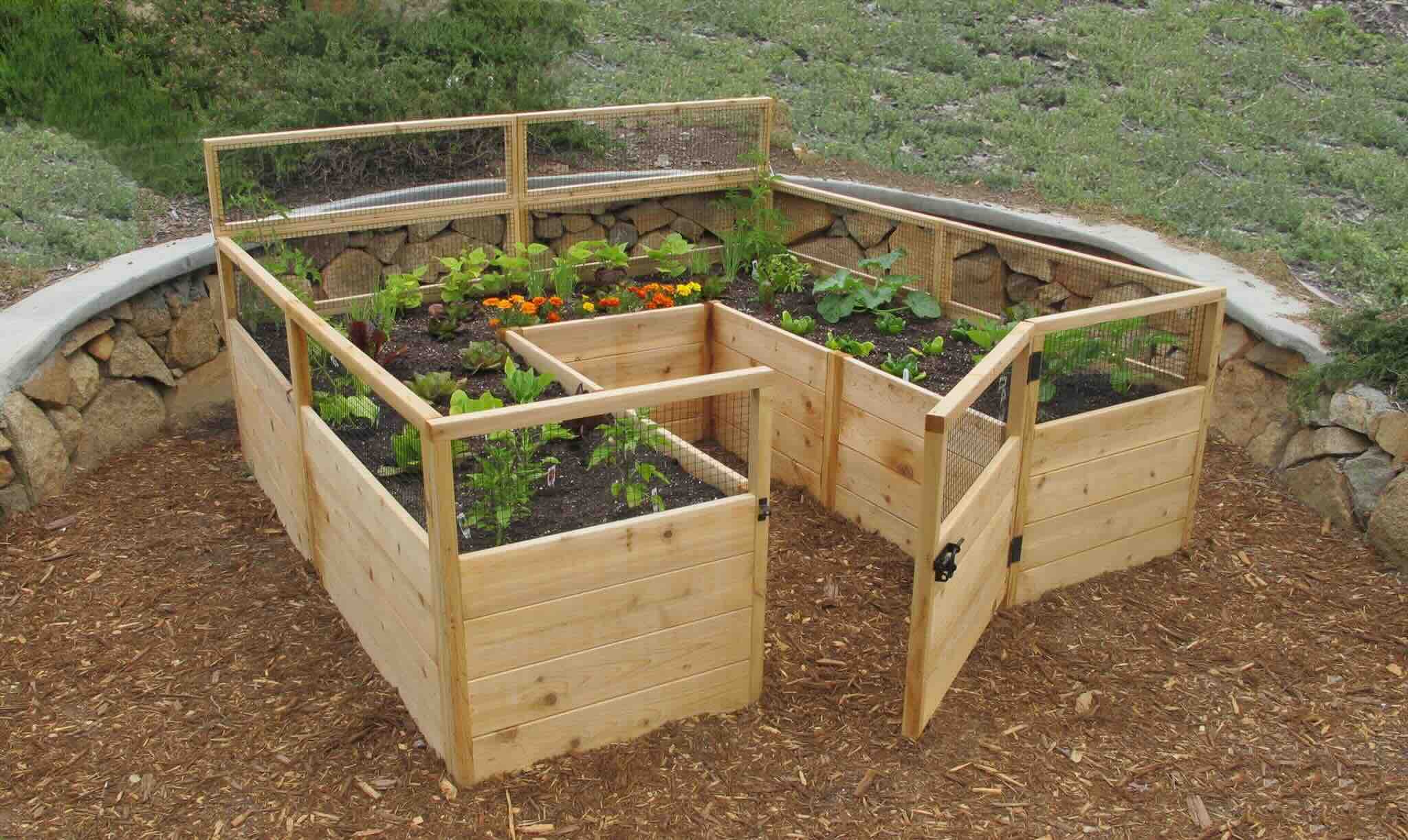
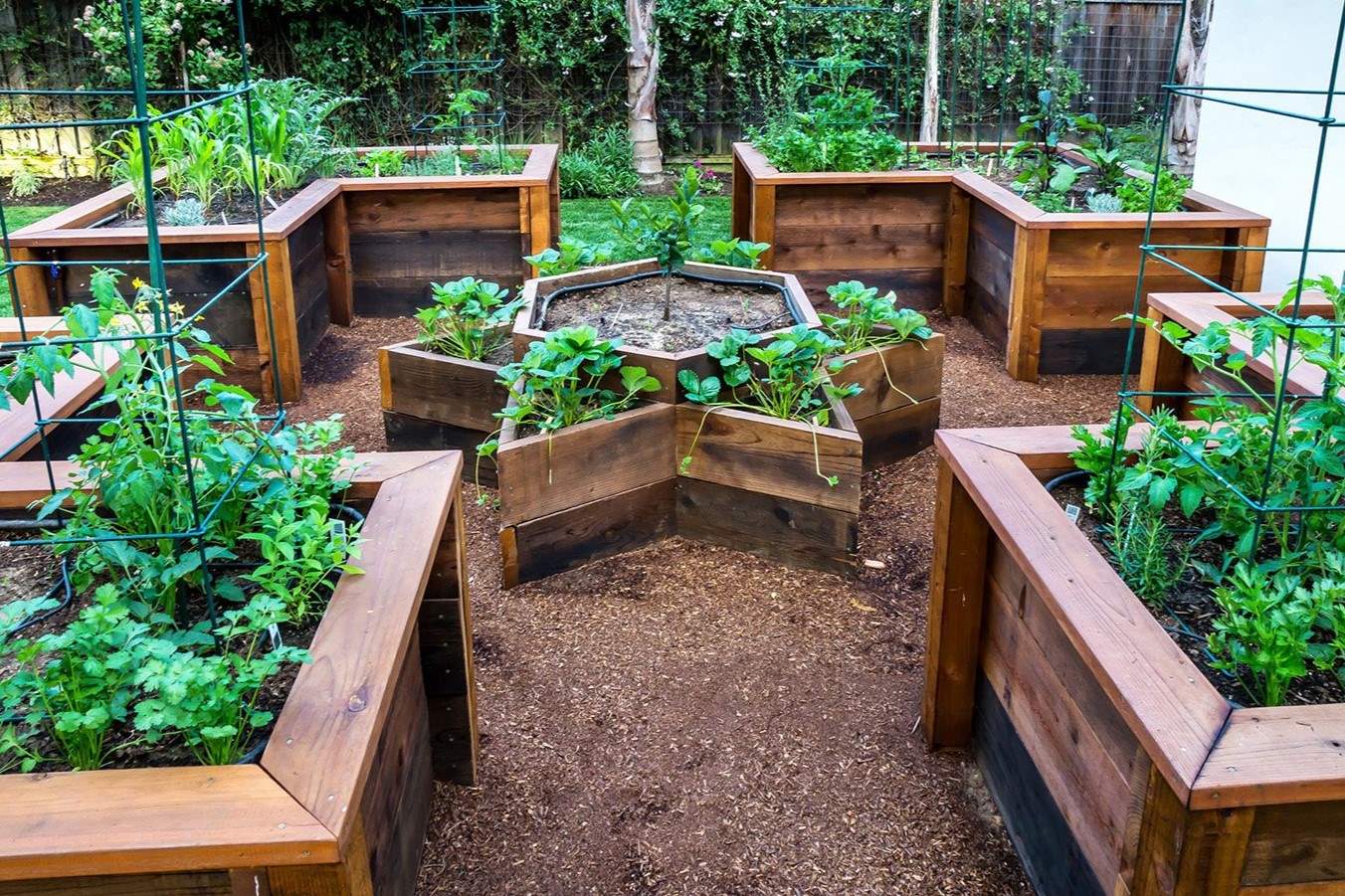
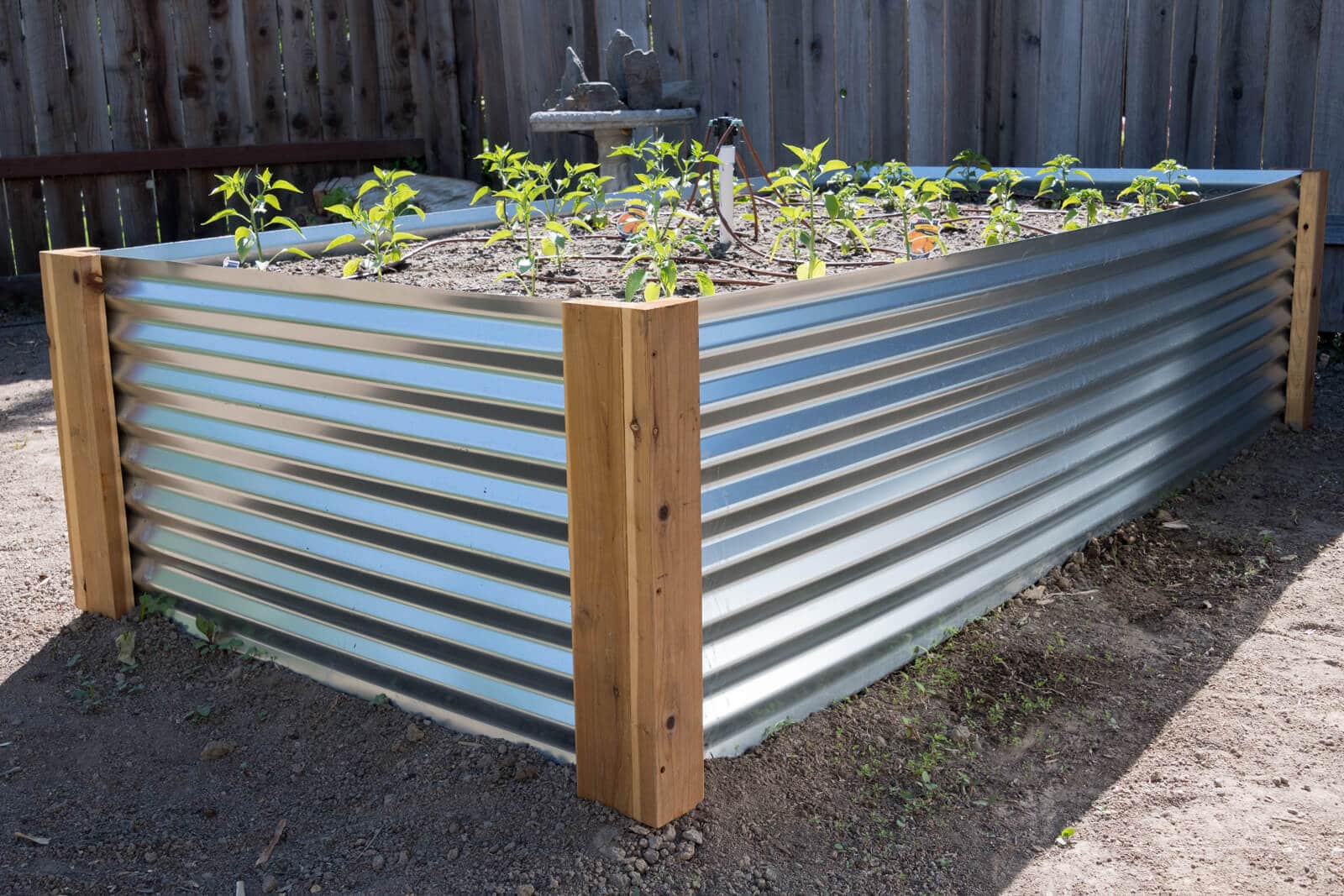
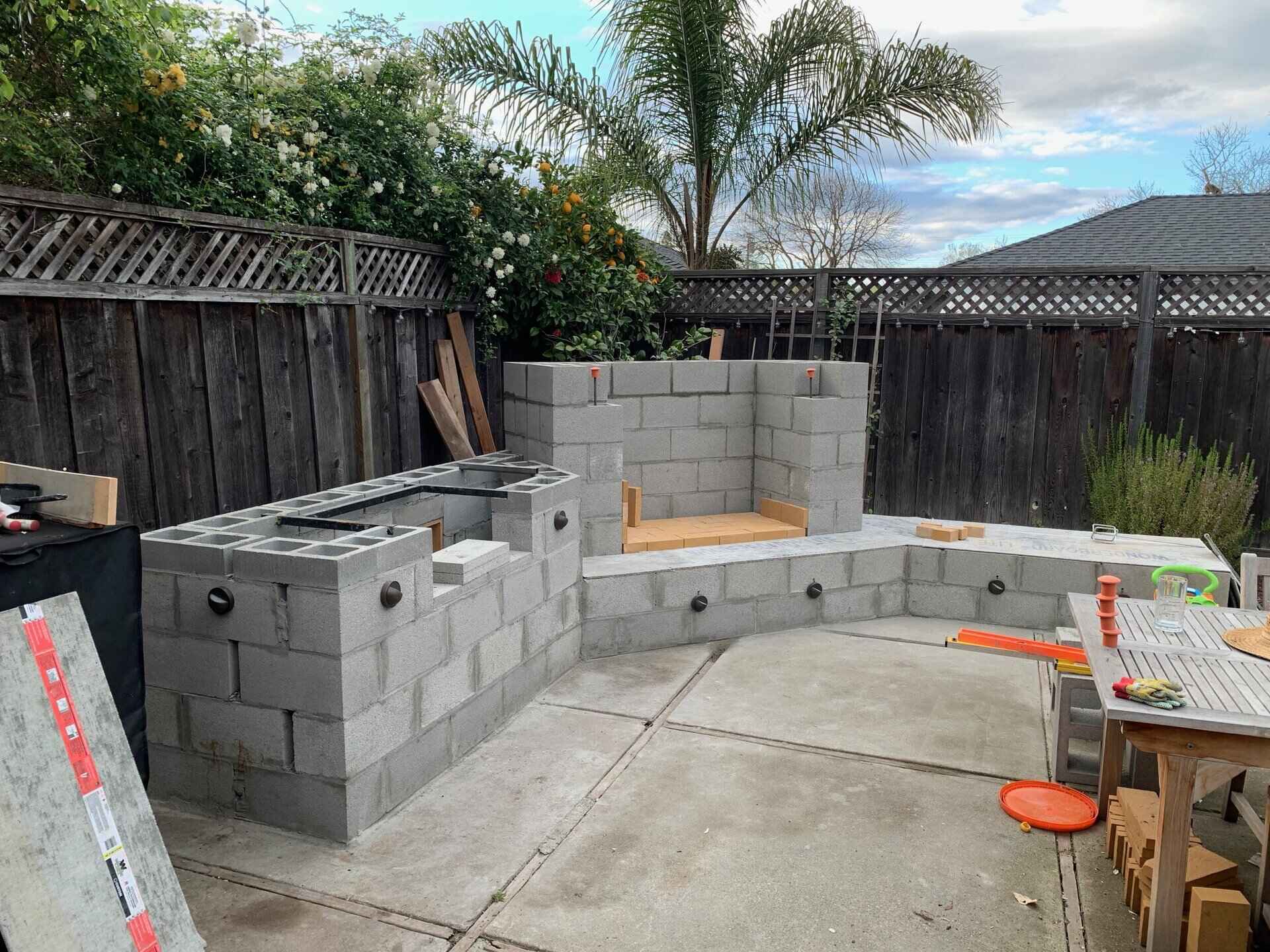
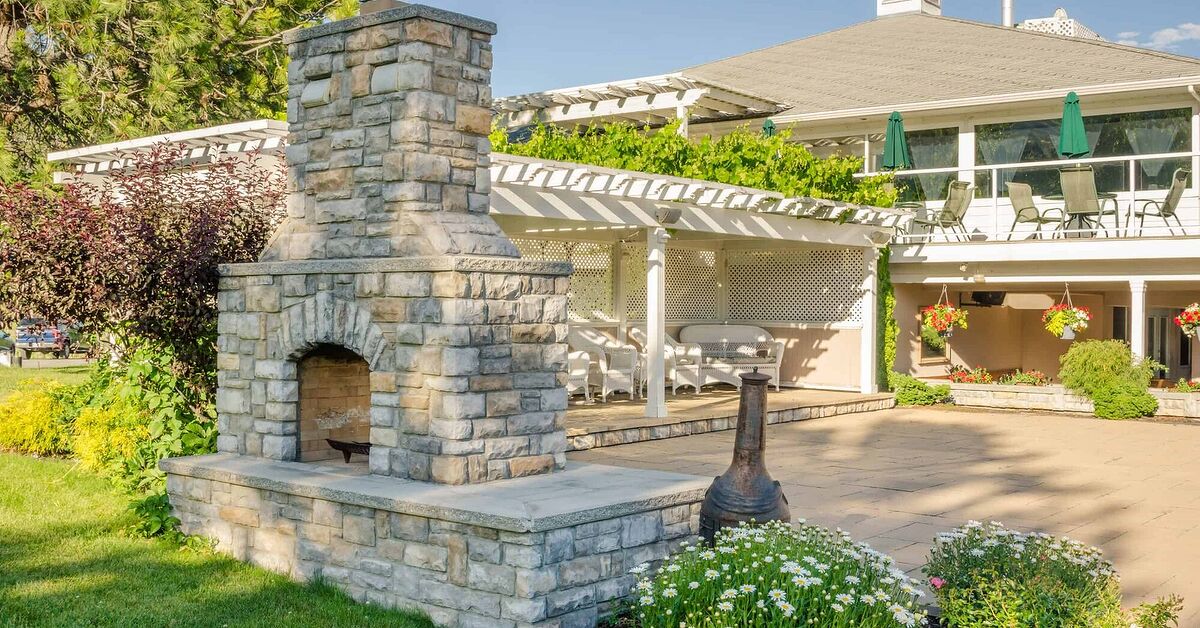
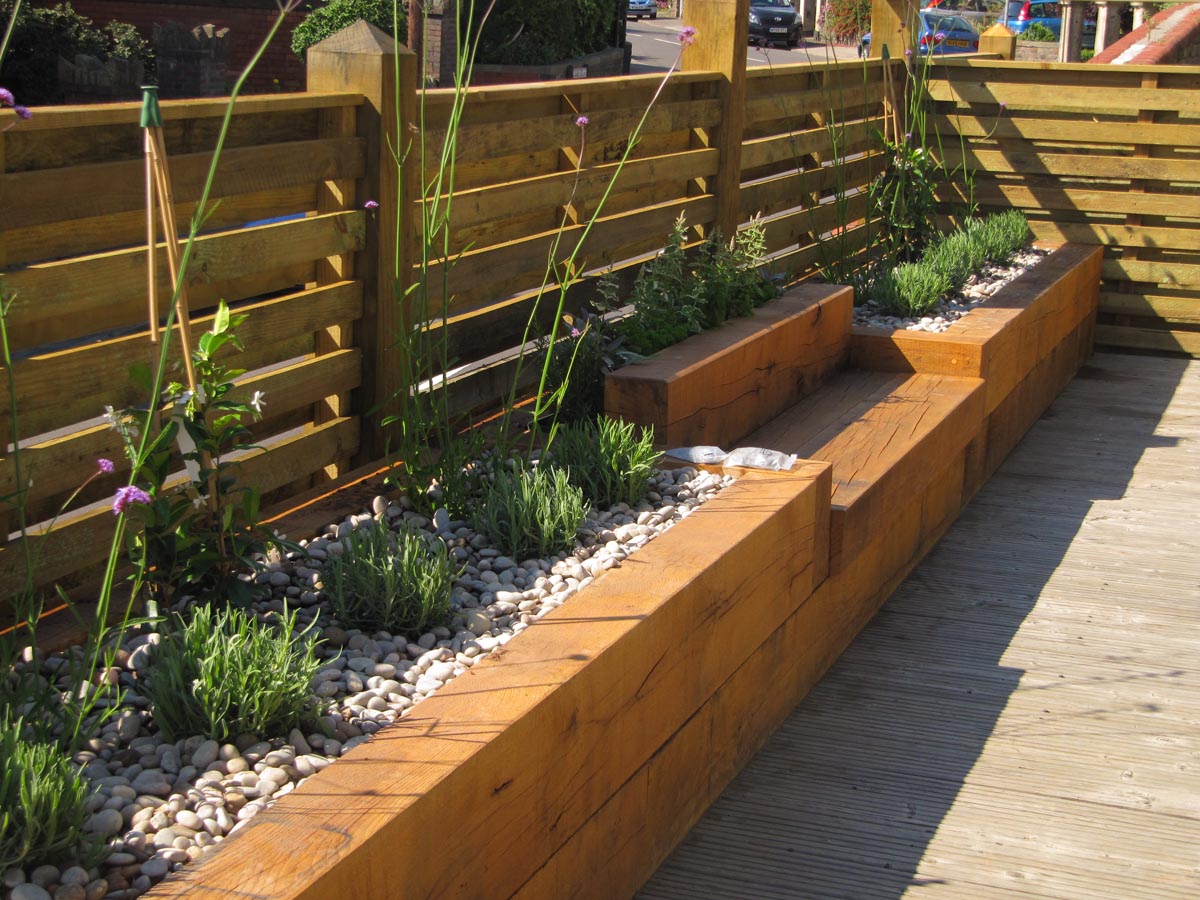
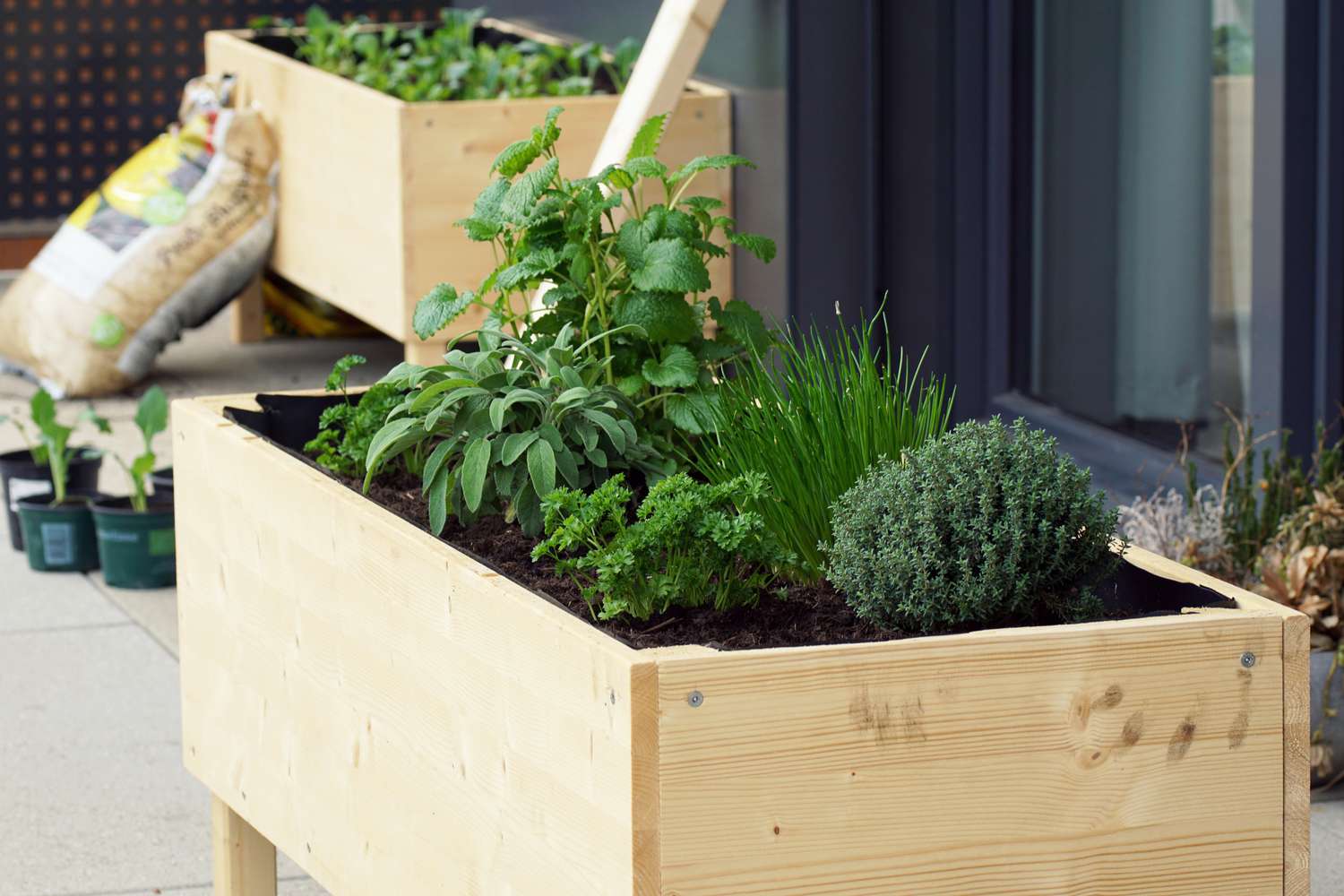
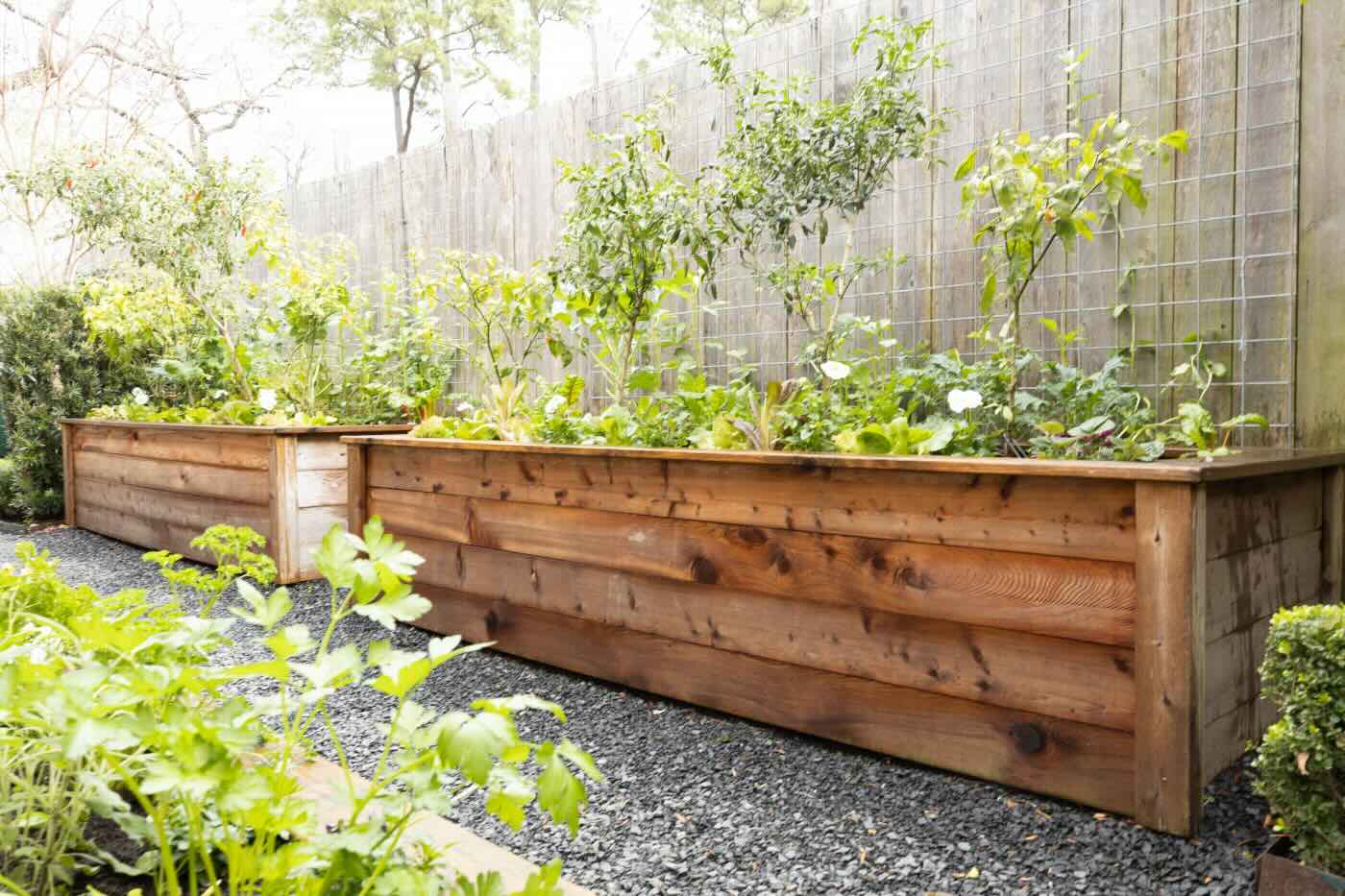
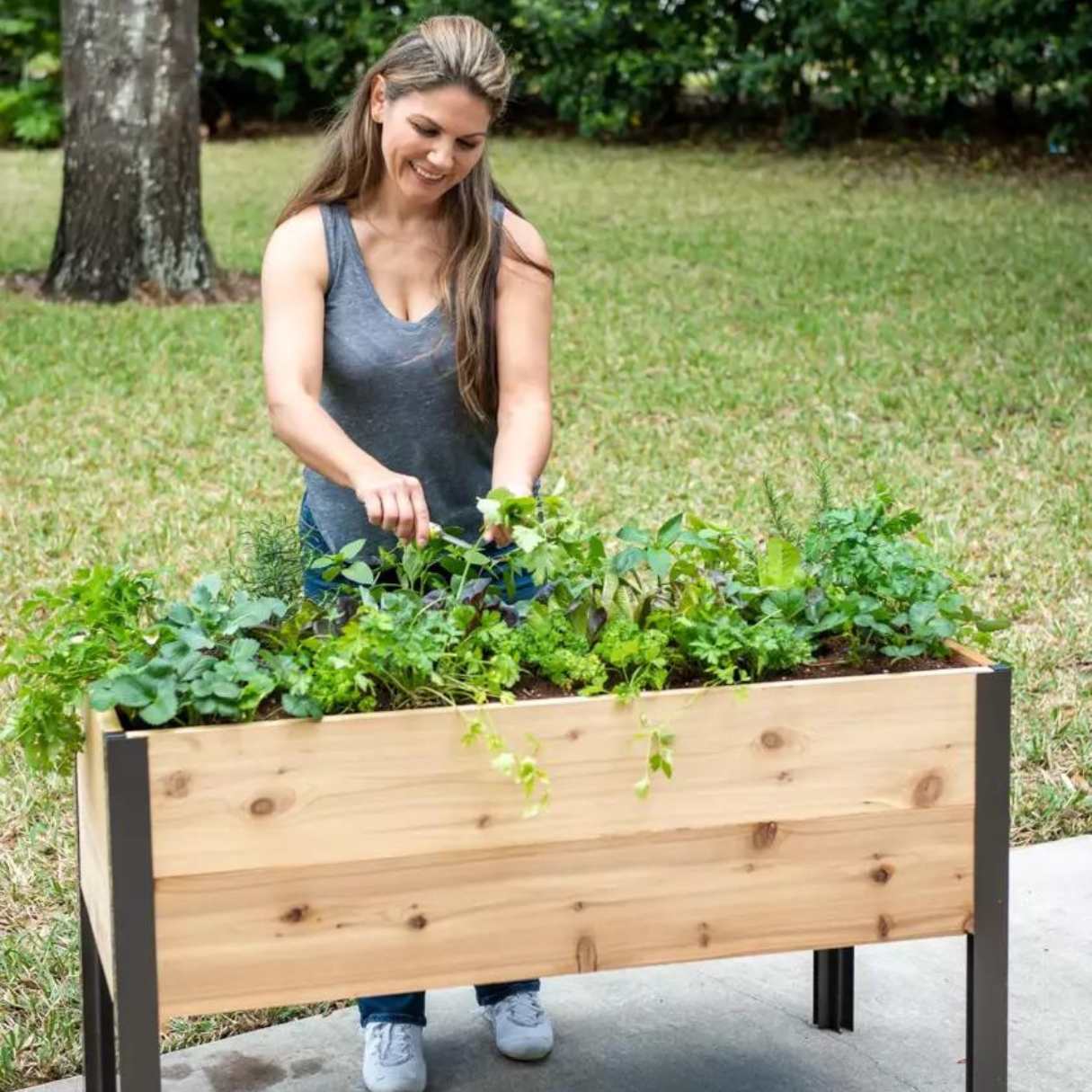
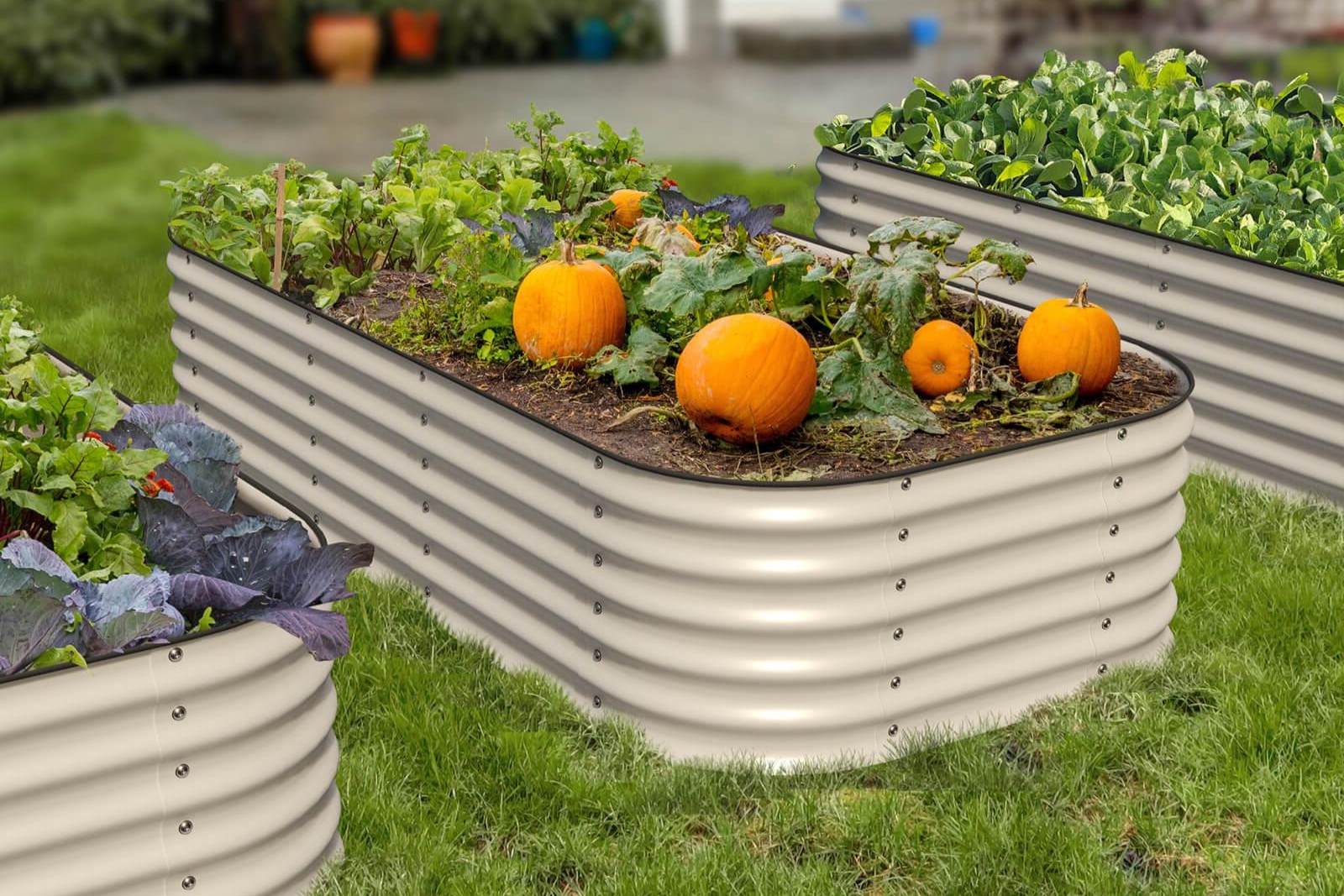
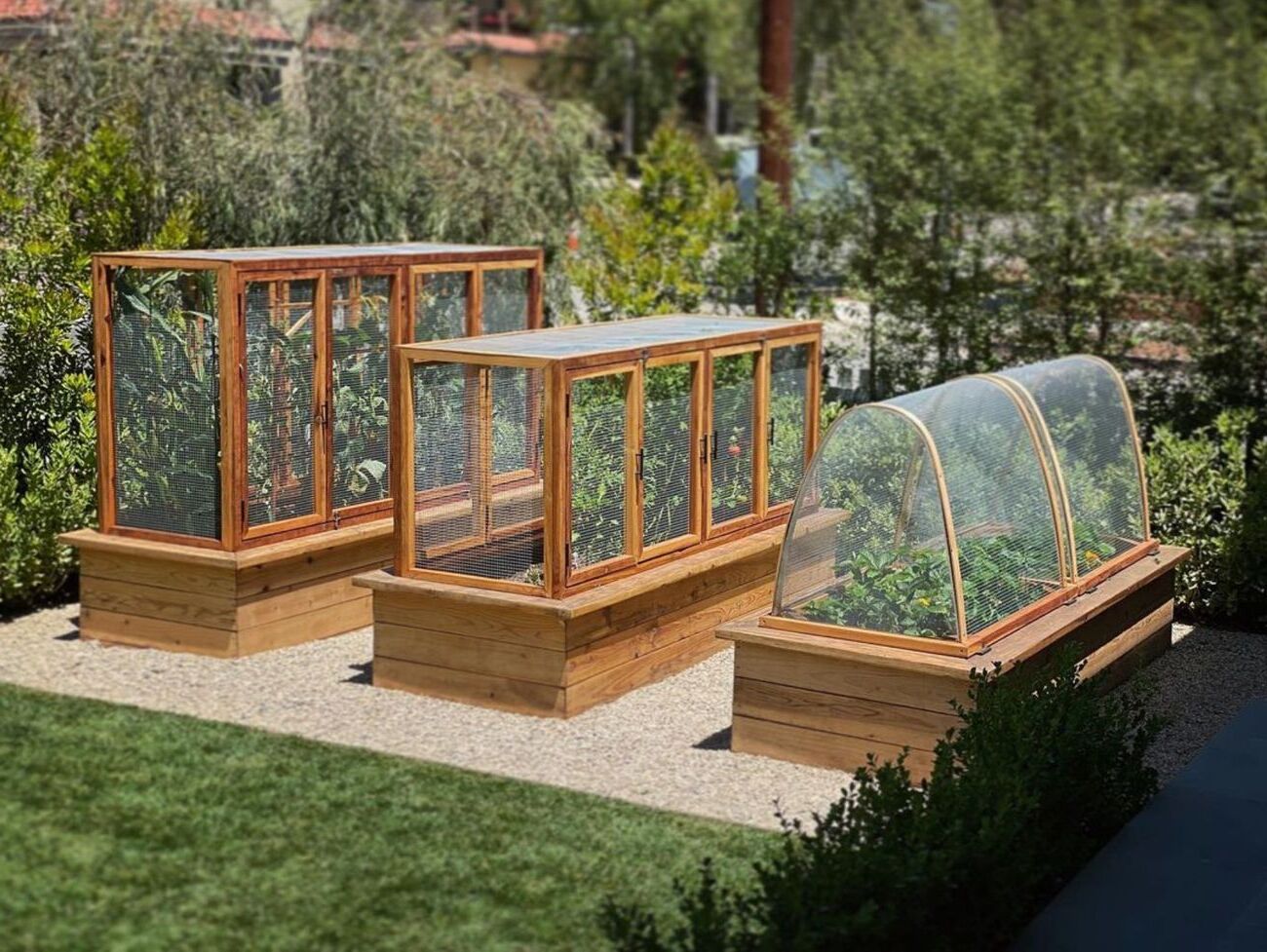
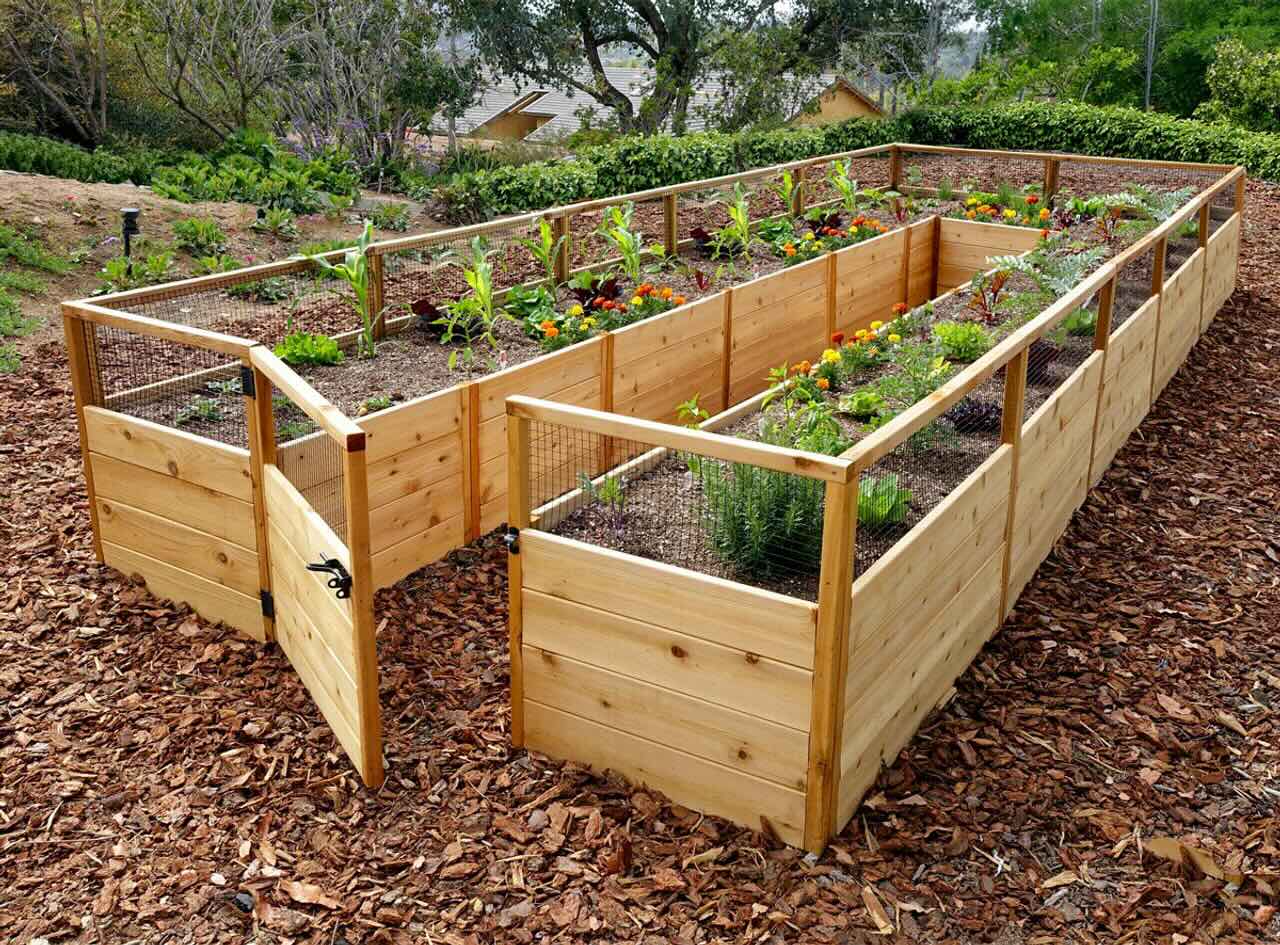
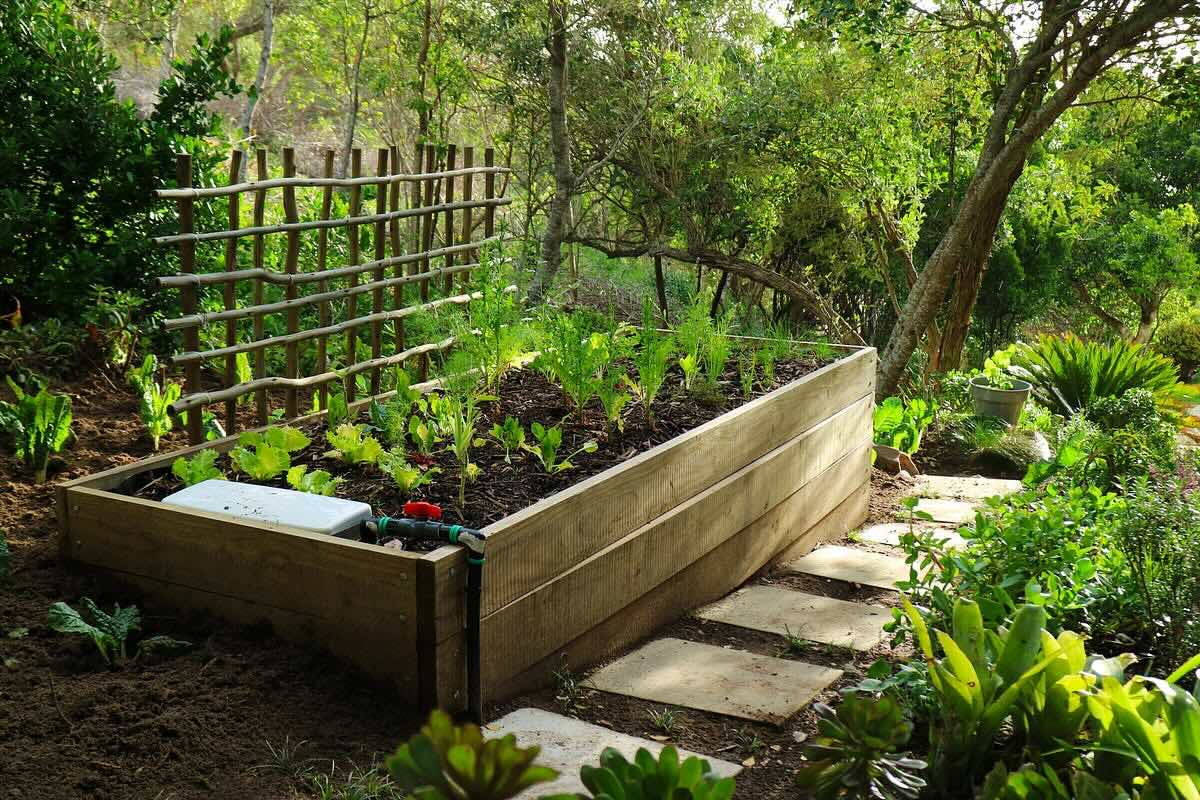
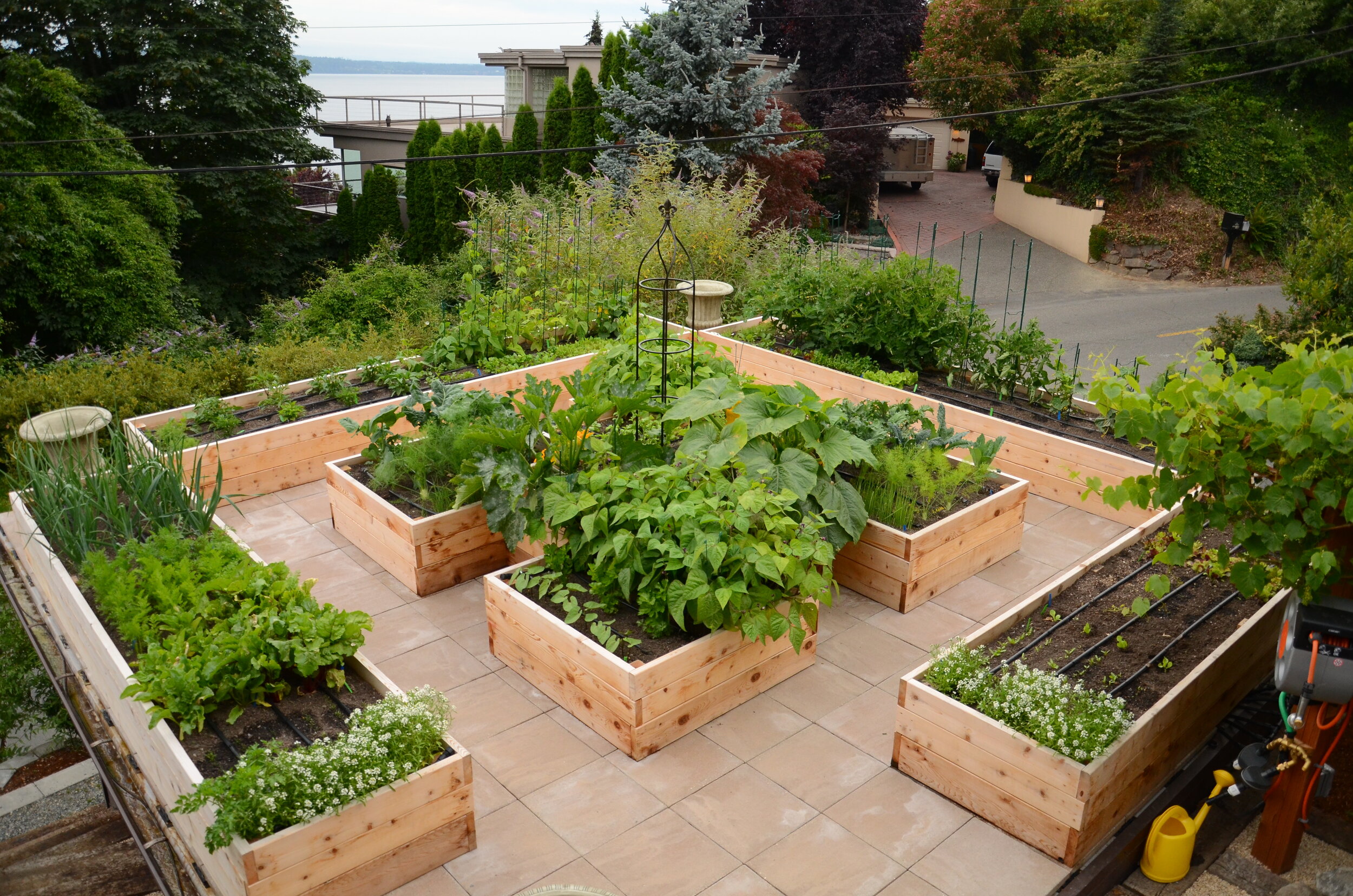

0 thoughts on “How To Build A Cinder Block Raised Garden Bed”